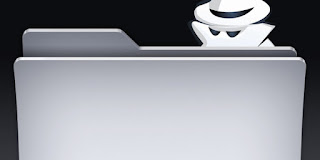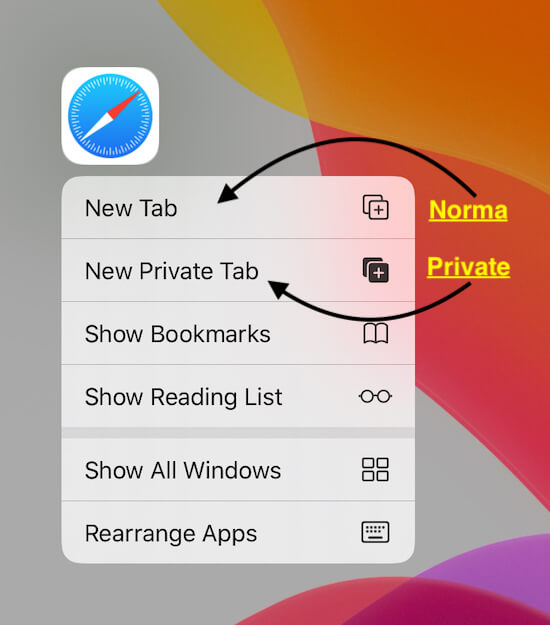


What is private browsing, and when should I use it?Īpple has included private browsing as a feature in its iPhone and iPad software since way back in iOS 5. We believe the company has since tackled the issue, but it's another example of the ways in which browsing histories can leak out unexpectedly. Back in 2017, it was reported that the company hadn't been removing deleted Safari web histories from iCloud. Tracking software is rife across otherwise respectable sites in theory this data will just be used for more effective ad targeting, but there's always the chance of a rogue actor.Įven Apple itself, protector of privacy rights that it genuinely is, at one point was guilty of unwittingly contributing to the problem. The simple truth is that your browsing history can be leaked out in all sorts of ways that you may not have considered. You could look at something on your phone, then have it pop up as an autocomplete suggestion on the family iMac, if they're logged into the same accounts. These revelations don't even have to take place on the device that you did the browsing on, because Safari (the default browser on iPhone) syncs bookmarks and data about frequently visited sites between devices, including Macs. The following is an example that would only be embarrassing if you were ashamed of your interest in cricket: If your friend innocently starts typing a website into Safari's bar and it happens to share an opening few letters with an adult site you frequent, it may offer to complete the URL, leading to embarrassment. You've also got to take autocomplete into consideration. That might not sound too scary: what sort of a monster checks the history on a borrowed phone? But it's a bit more complicated than that. If someone borrows your phone and checks the history (by opening the bookmarks and then tapping the clock icon at the top right) they'll see all the things you've been looking at recently.

Under normal circumstances, browsing the web on your phone or tablet leaves a trail - of the sites you've visited and the searches you've run. In this feature we're going to show you how to turn on and use private browsing on your iPhone or iPad, as well as explaining why using an 'incognito mode' makes sense. What you could do is simply delete your history at the end of every browsing session but there's a more sophisticated solution. Whether you've been researching a gift online and don't want to spoil the surprise, seeking medical advice, applying for jobs or looking at adult websites, it would be entirely reasonable to want to keep that information to yourself. Most web users prefer to keep their browsing history secret and private - from their loved ones and colleagues, and from the advertising companies that would seek to make money from their digital interests. How to turn on private browsing on iPhone or iPad What is private browsing, and when should I use it?


 0 kommentar(er)
0 kommentar(er)
